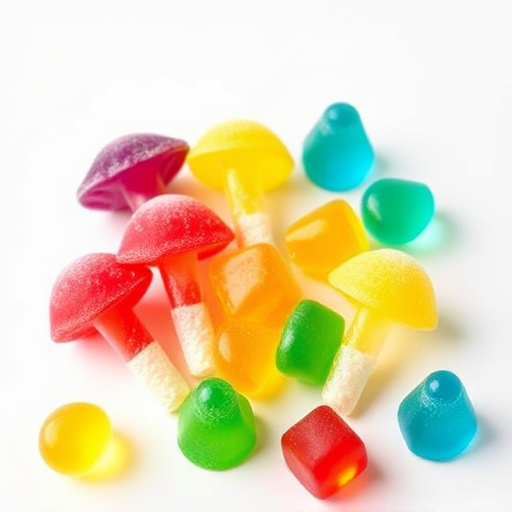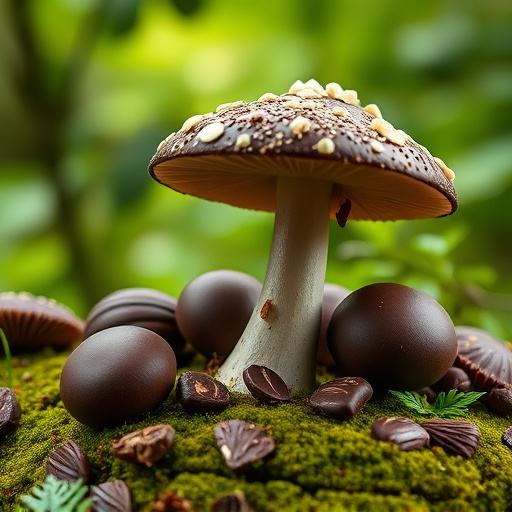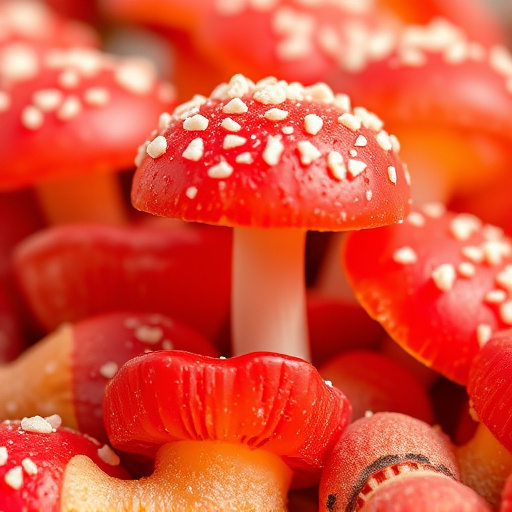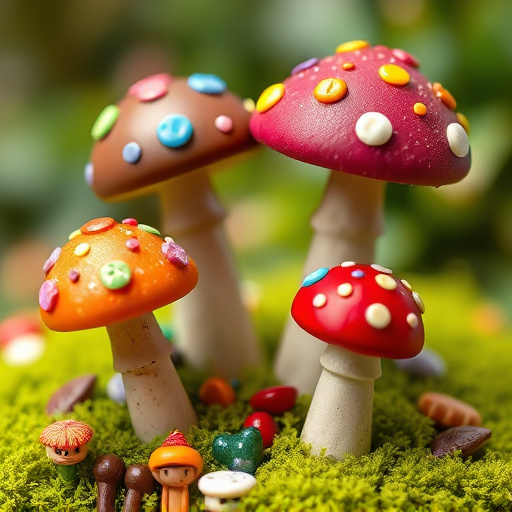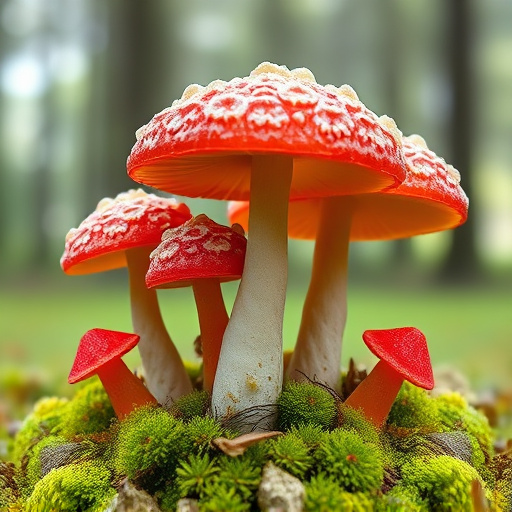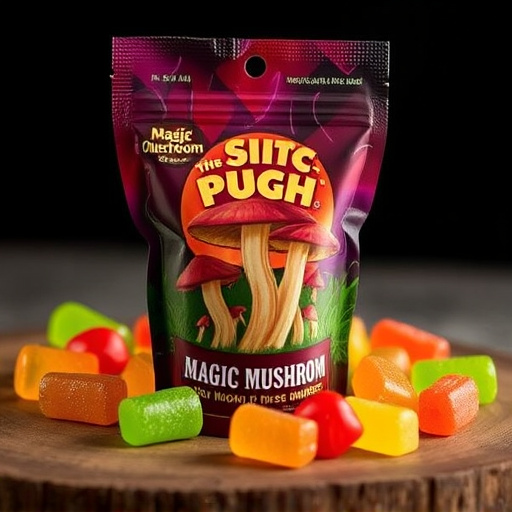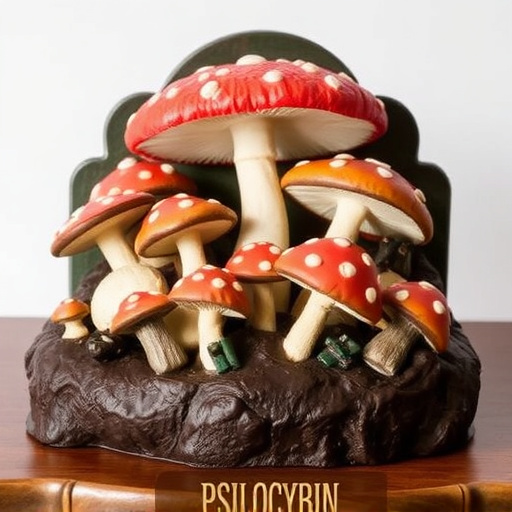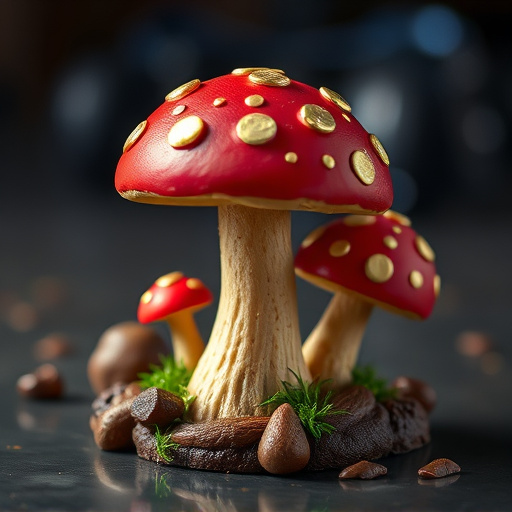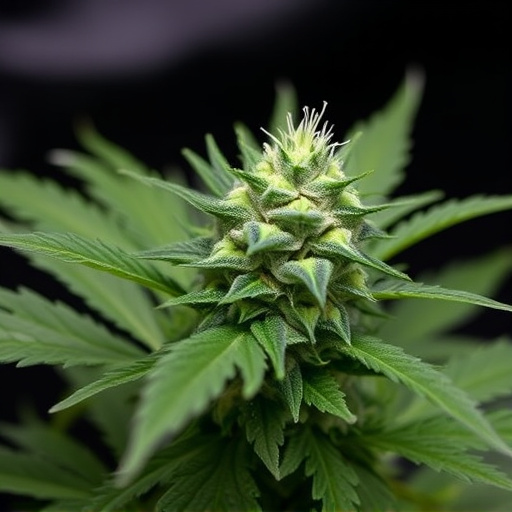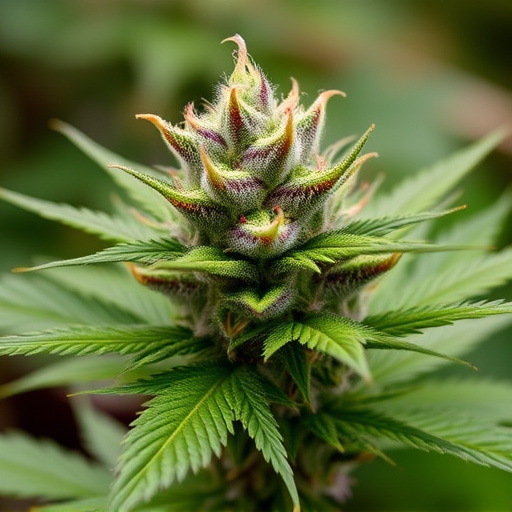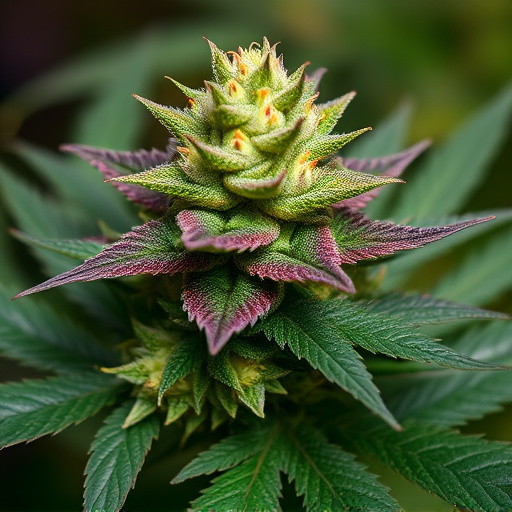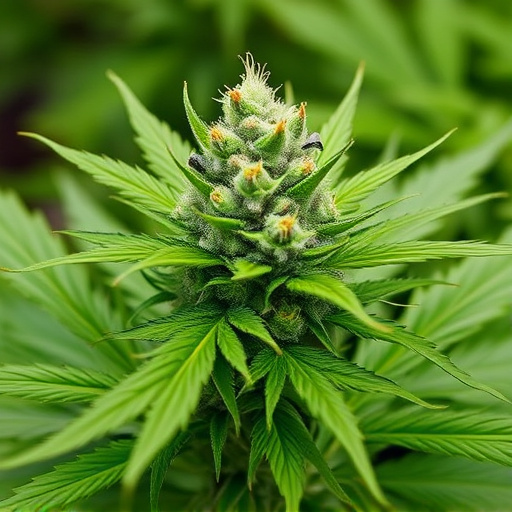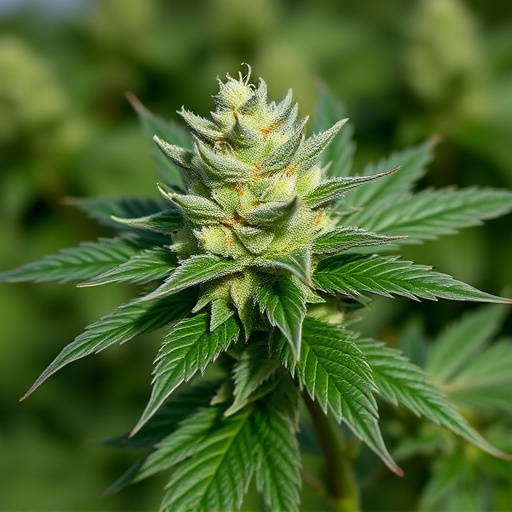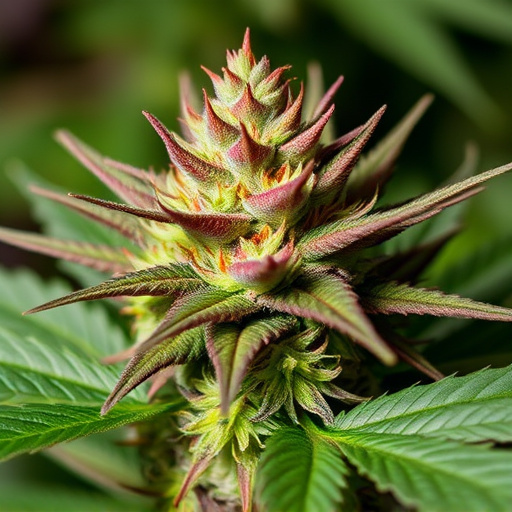The unique composition of cannabis flower, driven by cannabinoids like THC and CBD along with terpenes, determines its diverse effects and potential medicinal benefits. Hybrid strains, created through crossbreeding, offer tailored experiences based on individual needs, either prioritizing THC for relaxation or CBD's anti-inflammatory properties. These interactions between chemicals create a spectrum of outcomes from stress relief to pain management, making hybrid cannabis strains valuable for therapeutic purposes.
The effects of cannabis flower are a complex interplay of its unique chemical composition and the way it interacts with our bodies. Cannabis is more than just THC; its therapeutic potential lies in the diverse array of compounds, including terpenes and cannabinoids, that contribute to its diverse effects. This article explores the intricate world of cannabis, focusing on the best hybrid strains known for their balanced profiles, while also delving into the side effects and considerations for safe consumption, emphasizing responsible use and understanding individual responses.
- The Composition of Cannabis Flower and Its Active Compounds
- – Chemical profile of cannabis flower
- – Terpenes and cannabinoids: their roles and effects
The Composition of Cannabis Flower and Its Active Compounds
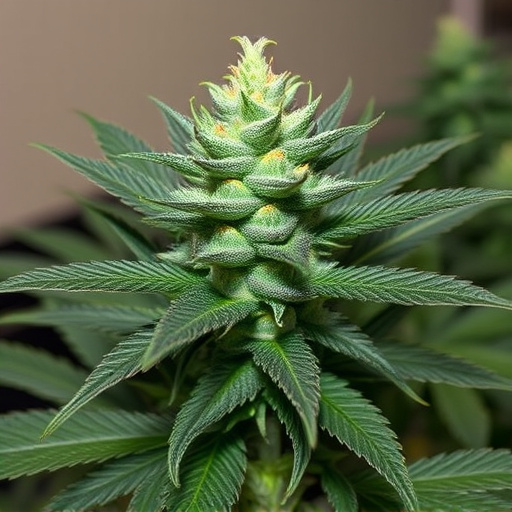
The composition of cannabis flower is a complex interplay of various chemical compounds, with terpenes and cannabinoids being the main contributors to its unique properties. Cannabinoids are the most well-known active compounds in cannabis, with delta-9-tetrahydrocannabinol (THC) often drawing the most attention due to its psychoactive effects. THC interacts with the endocannabinoid system in our bodies, affecting mood, memory, appetite, and pain perception. Another significant cannabinoid is cannabidiol (CBD), known for its potential therapeutic benefits without the psychoactive properties of THC.
When it comes to best hybrid cannabis strains, the composition varies widely depending on the specific strains. Hybrid strains are created by crossing two different parent strains, resulting in a complex mix of cannabinoids and terpenes. For instance, a popular hybrid like Blue Dream is known for its high THC content, offering potent relaxation and pain relief effects, while other hybrids may prioritize CBD for its anti-inflammatory and anxiolytic properties. The specific combination of these compounds contributes to the diverse range of experiences and potential medical applications associated with cannabis flower.
– Chemical profile of cannabis flower

The chemical profile of cannabis flower is a fascinating aspect that contributes to its diverse effects on users. Cannabis contains over 100 chemical compounds known as cannabinoids, with two primary ones being THC (tetrahydrocannabinol) and CBD (cannabidiol). These cannabinoids interact with our body’s endocannabinoid system, influencing various physiological processes. The unique combination of these chemicals in different strains creates a wide range of experiences, from calming and relaxing effects to energizing and euphoric sensations, making best hybrid cannabis strains popular among users seeking specific outcomes.
The aromatic compounds, terpenes, also play a significant role in the overall profile. These volatile oils give cannabis its distinct aromas and flavors, with each strain boasting unique combinations. For instance, myrcene is known for its earthy and musky notes, often associated with relaxing effects, while limonene provides citrusy aromas and may evoke feelings of energy and focus. Understanding these chemical interactions offers users a glimpse into the potential benefits and experiences they can expect from different best hybrid cannabis strains.
– Terpenes and cannabinoids: their roles and effects
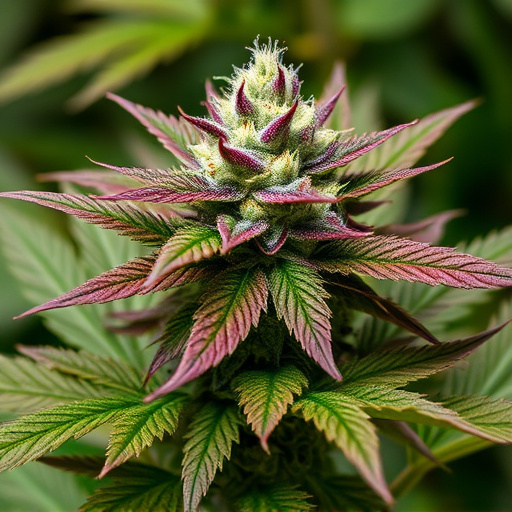
Cannabis flower derives its unique properties from a complex interplay of terpenes and cannabinoids, each contributing distinct effects on the body and mind. Terpenes, aromatic compounds responsible for cannabis’ diverse scents, also influence its therapeutic attributes. For instance, myrcene, found in many best hybrid cannabis strains, is known for its sedative qualities, promoting relaxation and potential pain relief. Linalool, another terpene common in these hybrids, has been linked to stress reduction and enhanced sleep quality due to its calming effects.
Cannabinoids, on the other hand, are chemical messengers that interact with the body’s endocannabinoid system. Delta-9-tetrahydrocannabinol (THC), often associated with cannabis’ psychoactive effects, stimulates receptor sites in the brain, evoking feelings of euphoria and altering perception. However, THC also has medicinal benefits, such as appetite stimulation and anti-inflammatory properties. Cannabidiol (CBD), another prominent cannabinoid, does not produce a “high” but offers potential therapeutic advantages, including anxiety reduction, pain management, and seizure prevention, making it a popular component in many best hybrid cannabis strains.
Cannabis flower’s complex composition, rich in terpenes and a variety of cannabinoids like THC and CBD, offers a spectrum of potential therapeutic benefits. Understanding these chemical profiles is key to selecting the best hybrid cannabis strains for specific needs. Whether seeking relaxation, pain relief, or cognitive enhancement, knowledge of the effects these compounds have on the body and mind equips individuals to make informed choices. By exploring the unique properties of different strains, users can harness the full potential of cannabis for improved well-being.
